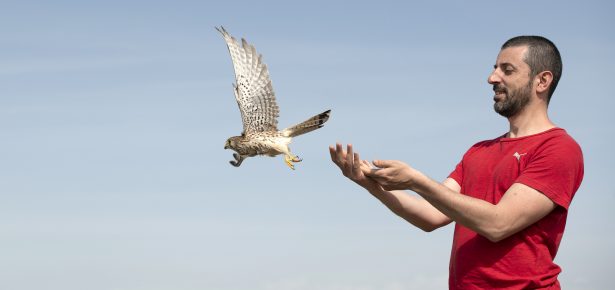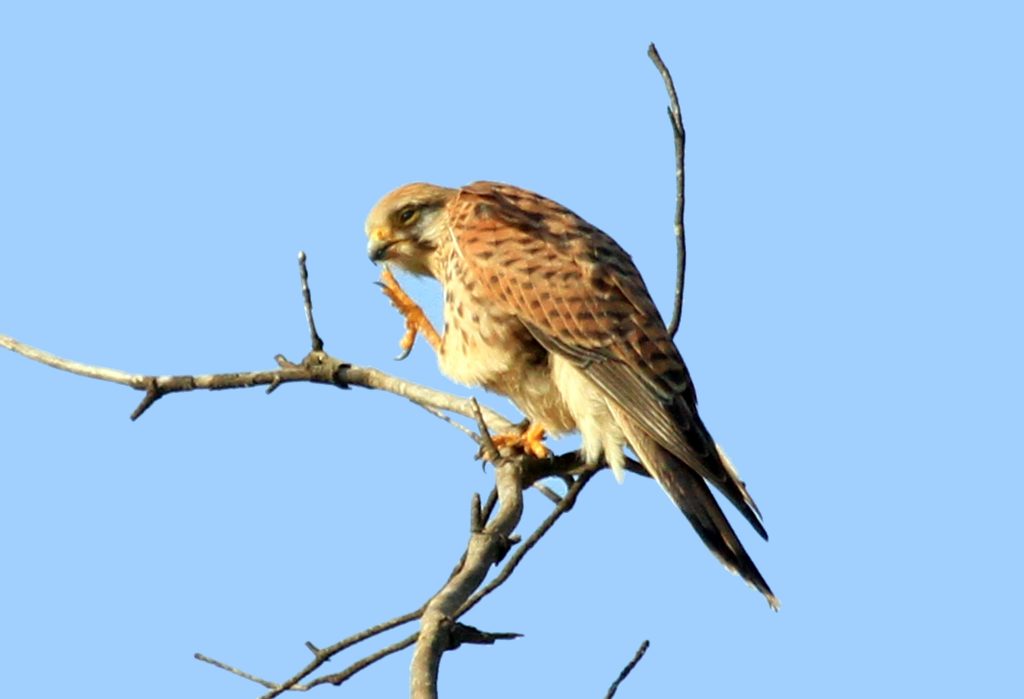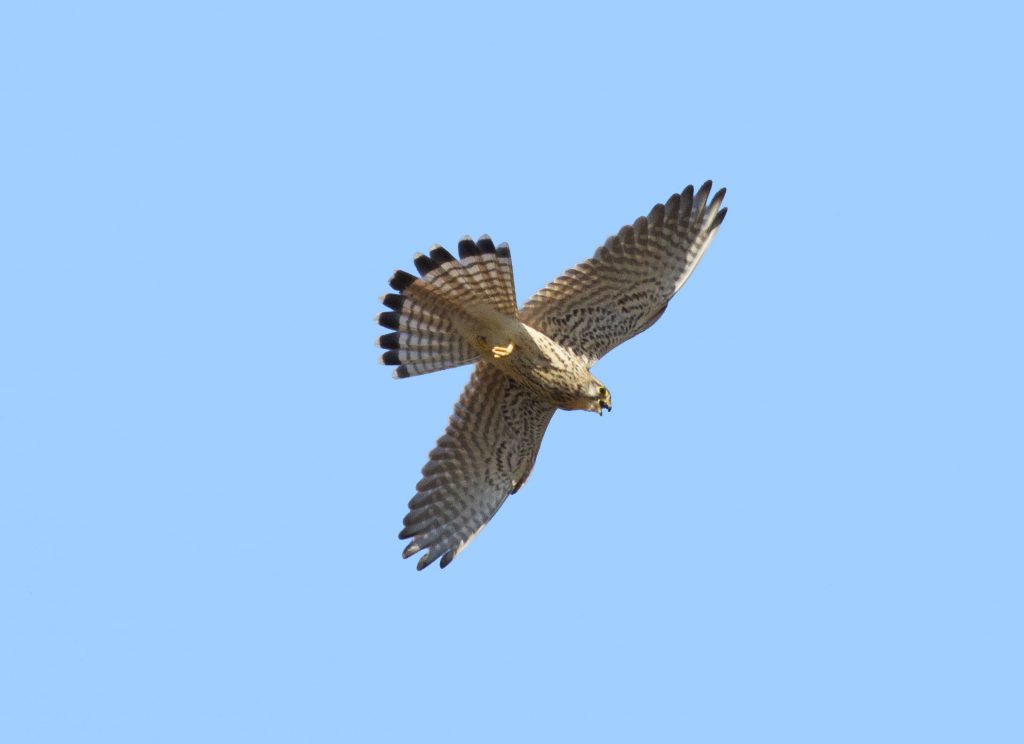
I am primarily an ecological and conservation physiologist with a strong passion for wildlife and nature in general. So, one might rightly wonder what motivated me to write a monograph on the natural history of the common kestrel. This little cute bird of prey has been the species that enabled me to take my first steps in science during my doctoral project and my first postdoctoral experiences, and the kestrel is also one of the birds of prey most of us are more familiar with. Thanks to its habit of hovering while heading into the wind, it is easy to spot in the countryside or even in cites and along the motorways.

But, apart from its beauty, the common kestrel and its relative species have played an important role as a species of study in many scientific disciplines. Work on kestrels in the last 40 years has enabled us to make significant advances about the knowledge of animal behaviour, the mechanisms of sexual selection and the impact of chemical pollutants on wildlife, often opening new frontiers of research.
What was critically lacking was a synthesis geared towards passionate ornithologists, students, ecologists, and conservation biologists, that seeks to consolidate a vast body of literature whilst, at the same time, remains sensitive to readers who may not have the depth of knowledge often necessary to navigate a scientific book. This is the main reason that has motivated me to write this book together my friend Giacomo Dell’Omo.

This book will provide an updated synthesis of the research on the kestrel and even more, thanks to the original data Giacomo and I have included. You will learn what adaptations have made this bird so successful in colonising many environments throughout the world; how to follow the daily life of a kestrel using last-generation GPS-data loggers; what a female kestrel looks for in a male kestrel; why siblings may not be so kind to each other; and how the increasing impact of human disturbance is affecting these animals. Although we have learned much about the biology of the kestrel, much remains to discover across many areas of its broad geographic range.
Latest Comments
Have your say!